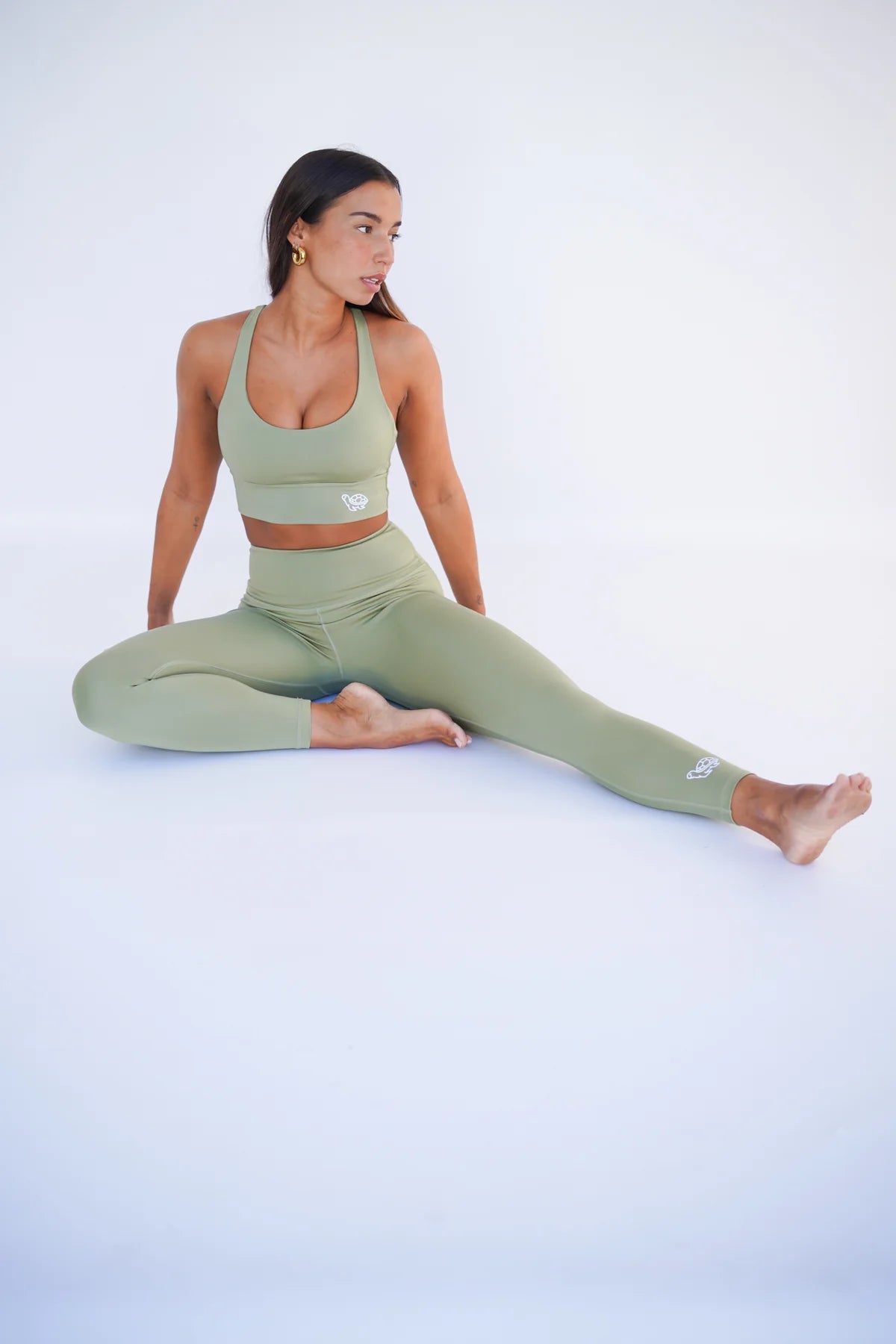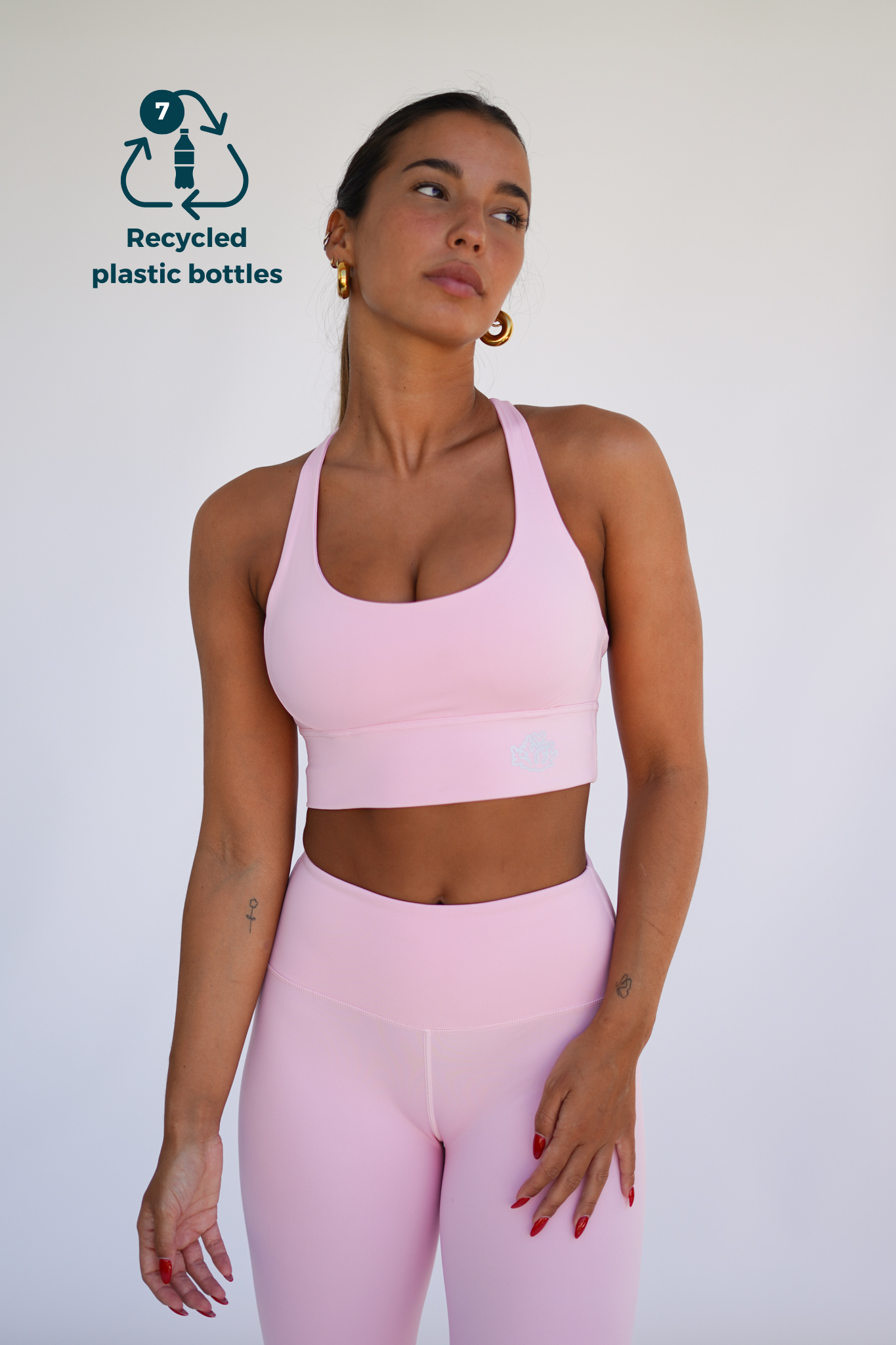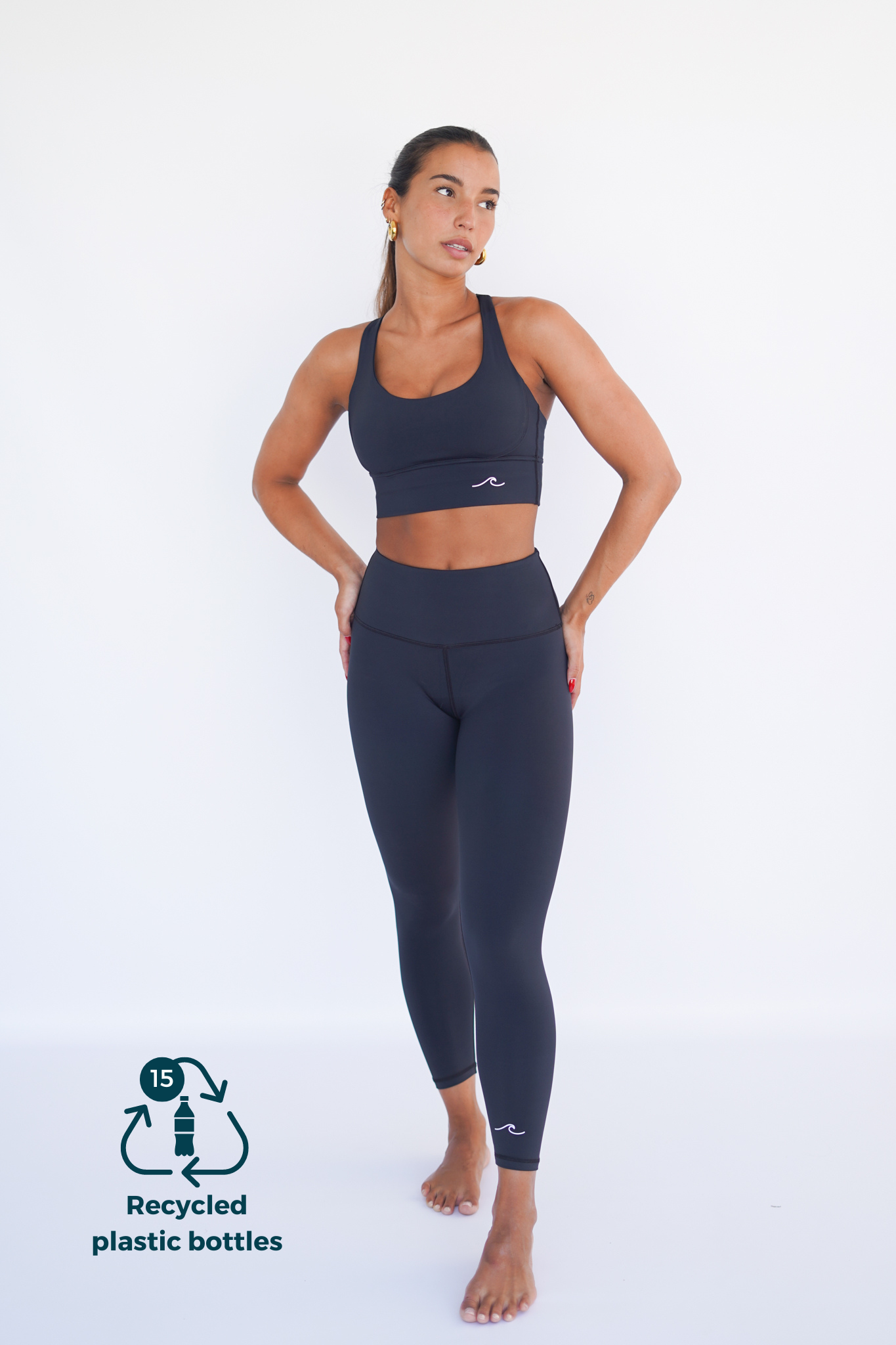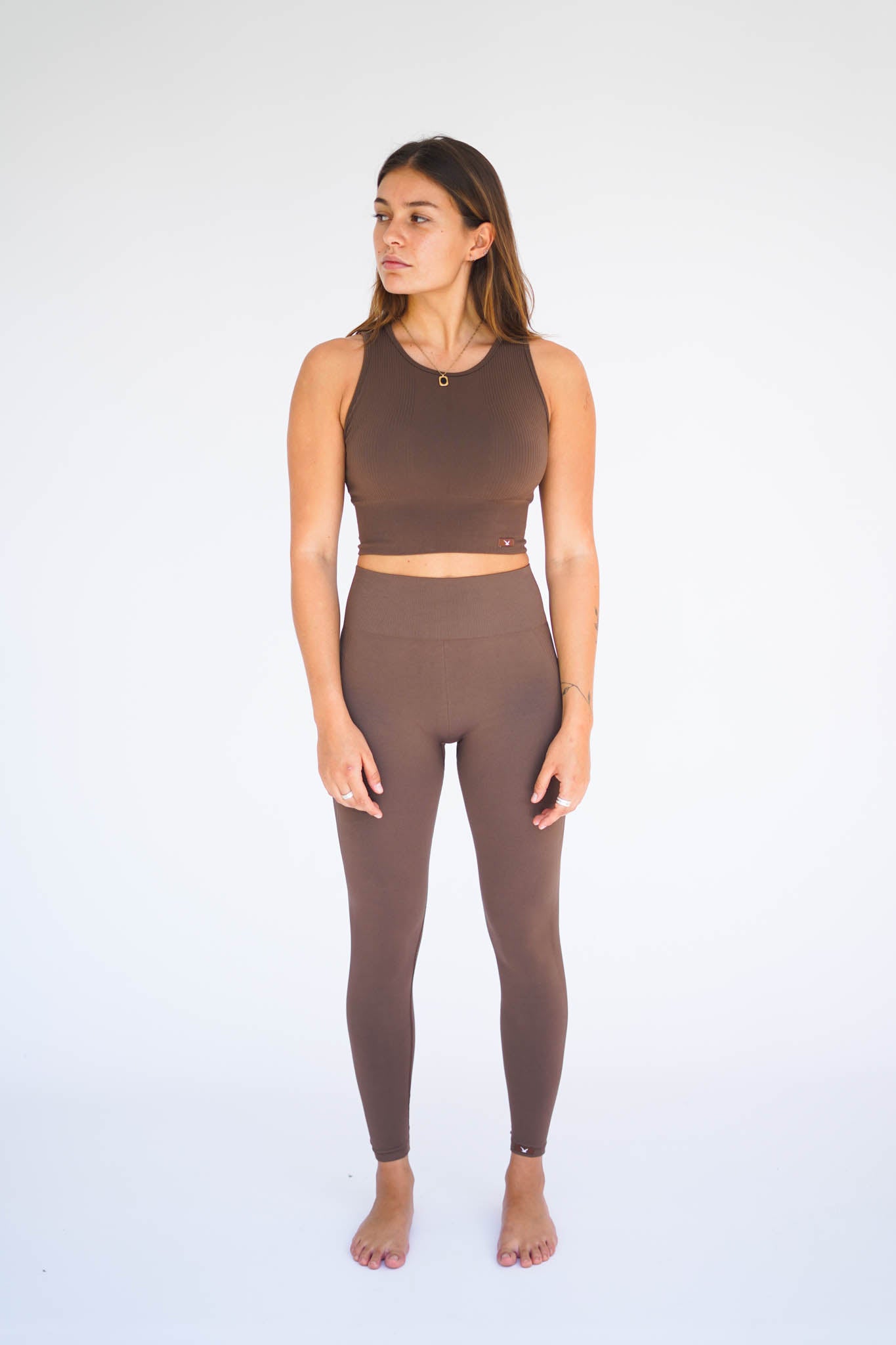
Restorative Yoga: What it is, Postures and Benefits
In a world where daily stress and strains seem to be the norm, finding moments of tranquility and renewal has become essential to maintaining emotional and physical balance. One of the most effective practices to achieve this is restorative yoga . This approach to yoga is an ideal solution for those people who are looking for a refuge from the daily hustle and bustle and a way to reconnect with their body and mind. It focuses on deep relaxation, conscious breathing, and mindfulness to calm the nervous system and reduce stress levels in our body.
What is restorative yoga?
Restorative yoga is a style of yoga that focuses on deep relaxation, rest, and restoration of the body. Through postures held for an extended period of time, usually between 5 and 20 minutes, the main goal is to activate the parasympathetic nervous system , which is responsible for the body's relaxation response. This allows for the release of accumulated tension, reducing stress, and promoting a calm state of mind.
In contrast to other more dynamic and challenging styles of yoga, restorative yoga employs gentle, supportive postures along with the use of props such as blankets, blocks and bolsters to support the body and allow it to fully relax in each pose.

Origin of restorative yoga
Restorative yoga was developed in the 1970s through the influence of several yoga teachers, including B.K.S. Iyengar , who introduced the idea of using props to facilitate postures and make yoga more accessible to everyone, especially those with physical limitations. Later, one of Iyengar's pupils, Judith Hanson Lasater (a pioneer in this style), popularized the practice by writing books and leading workshops that emphasized the importance of conscious rest in yoga, promoting relaxation and health through her postures. Since its inception, the practice has evolved and adapted, but its focus on restoring and lightening the body has remained constant.
Characteristics of restorative yoga
This practice is suitable for people of all ages, with or without experience in yoga, providing many physical and psychological benefits . Restorative yoga is characterized by several distinctive aspects:
- Use of props : blankets, blocks, belts and other elements are used to facilitate correct alignment in the postures and offer a greater level of comfort, that is, to adapt the yoga postures to the student through the supports used.
- Sustained postures : Unlike other forms of yoga that involve dynamic movement, in restorative yoga postures are held for longer periods, allowing for deep opening and releasing work. Restorative yoga does not seek action or stretching.
- Focus on breathing : Special emphasis is placed on conscious, deep breathing, which helps to calm the mind and connect with the body in a deeper way.
- Serene Atmosphere – Many restorative yoga practices take place in calm, inviting environments, often with soft lighting, soothing music, and aromatherapy, all of which contribute to creating an atmosphere conducive to deep relaxation.
How is restorative yoga different from yin yoga?
Restorative yoga and yin yoga share elements such as the long duration of the postures, but they have significant differences that clearly distinguish them. In terms of approach , restorative yoga focuses on relaxation and restoration of the body, using props that facilitate total and deep rest. On the other hand, yin yoga directs its attention to the connective tissue and fascia , holding the postures with greater effort and intensity in order to release deeper tensions in the body.
In terms of the duration of the postures , in restorative yoga, these can be held for longer periods, allowing for a more intense experience of relaxation . In contrast, although yin yoga also involves holding the postures for a sustained period, its practice is combined with a focus on stretching and opening specific areas of the body.
Finally, the ultimate goal of these practices also differs: while restorative yoga seeks to achieve a deep state of calm and renewal , yin yoga aims to increase flexibility and mobility , as well as release tensions accumulated in the muscles and connective tissue.

Benefits of restorative yoga
Practicing restorative yoga offers a series of physical, emotional and mental benefits , among which the following stand out:
- Stress Reduction : Regular restorative yoga practice helps lower levels of the stress hormone cortisol, promoting a sense of peace and relaxation.
- Improved sleep quality : By calming the nervous system and releasing tension, many people experience deeper, more restful sleep.
- Increased flexibility : Over time, restorative yoga helps increase flexibility and mobility in joints and muscles, thanks to sustained postures and conscious opening of the body.
- Increased body awareness : The practice encourages greater awareness of physical and emotional sensations, allowing one to develop a better connection with oneself.
- Chronic Pain Relief – Using props and paying attention to alignment can help reduce discomfort associated with conditions such as fibromyalgia, back pain, and muscle tension.
- Promoting self-acceptance : Through conscious practice, women can develop a kinder and more compassionate attitude toward themselves, promoting greater self-acceptance.
Restorative Yoga Poses
There are several key restorative yoga poses that can be incorporated into your practice. Some of the most effective ones include:
- Savasana (Corpse Pose) : This pose is designed for total relaxation, and allows the body to let go and release accumulated stress.
- Balasana (Child's Pose) : Facilitates opening of the hips and offers a sense of refuge and tranquility.
- Supta Baddha Konasana (Reclining Closed Angle Pose) : Ideal for releasing the hips and opening the heart, providing a deep sense of peace.
- Viparita Karani (Legs up the wall) – This pose is great for relieving tension in the legs and promoting circulation.
- Supported Bridge Pose - Using a block or bolster, this pose helps to open the chest and strengthen the lower back effortlessly
What do I need to do restorative yoga?
One of the first things you need to keep in mind is to wear comfortable clothes from Fitplanet . Feeling beautiful while practicing restorative yoga will motivate you to continue the practice.

To do restorative yoga, you don't need expensive equipment, but there are some elements that can facilitate and enrich your experience:
- A yoga mat : A good mat will provide you with support during your practice.
- Blankets : These are essential for maintaining comfort during sedentary postures.
- Yoga blocks : help adjust the height and opening of the postures.
- Cushions or bolsters : provide additional support and comfort for the body in various postures.
- Yoga belts : Allow you to extend your reach in some poses and help maintain proper alignment.
How to do restorative yoga? Tips
To do restorative yoga effectively, it's essential to create a suitable environment that encourages relaxation and concentration. Find a quiet, comfortable space away from distractions, and consider enriching your practice with elements such as candles , soft music , or aromatherapy that promote a conducive environment. As you immerse yourself in the practice, it's essential to listen to your body ; the premise of restorative yoga lies in mindfulness , which means allowing your body to guide you and resting in the postures that make you feel good.
To facilitate this experience, use props correctly ; items such as blankets and blocks are your allies to ensure maximum comfort, so don't hesitate to adjust the postures according to your needs. Also, take time for breathing : incorporate deep, conscious breaths into each posture to calm your mind and connect with your body more deeply.
Finally, it is important to remember not to rush ; restorative yoga is a process that requires time and patience, so allow yourself to practice calmly, enjoying every moment and every feeling that arises during the session.
Conclusion
Restorative yoga is a powerful tool for women seeking to reduce stress, improve their emotional and physical well-being, and reconnect with their inner selves. Through the practice of sustained postures, the use of props, and mindfulness of breathing, a deep state of relaxation and renewal can be achieved. By incorporating this practice into your life, you will not only be able to enjoy its many benefits, but you will also cultivate greater compassion for yourself and a sense of inner peace. With each session, you will give yourself the time and space to be the best version of yourself. Begin your journey toward transformation and well-being with restorative yoga today!



